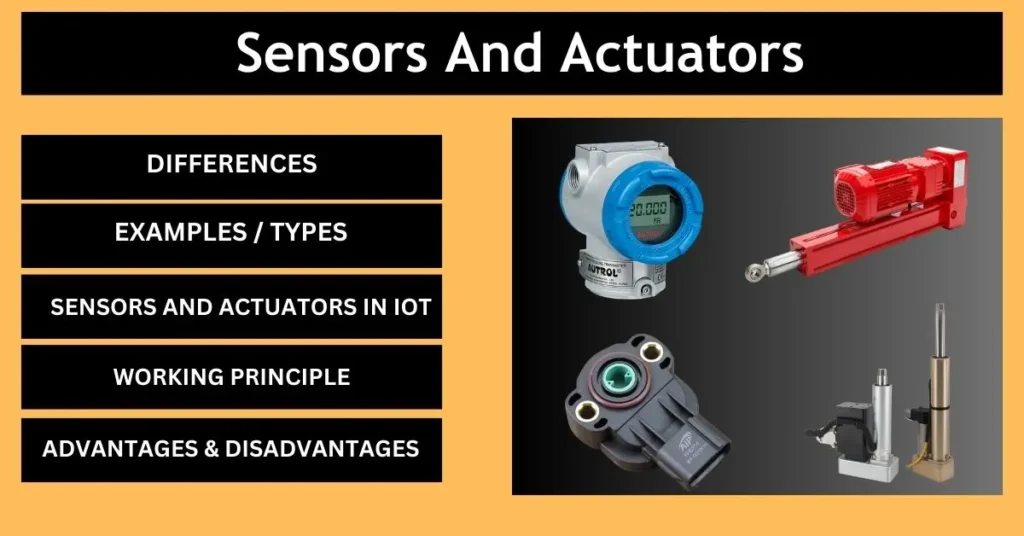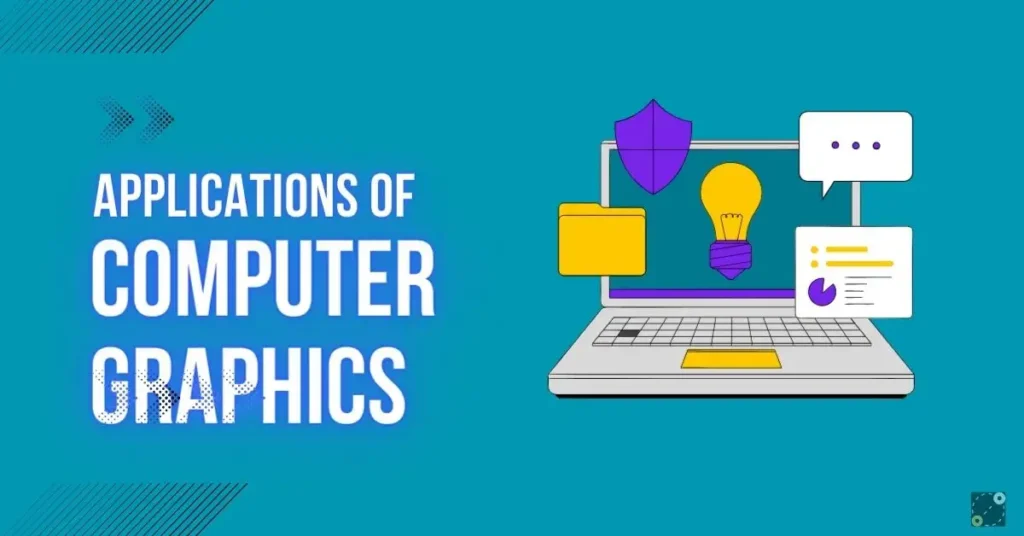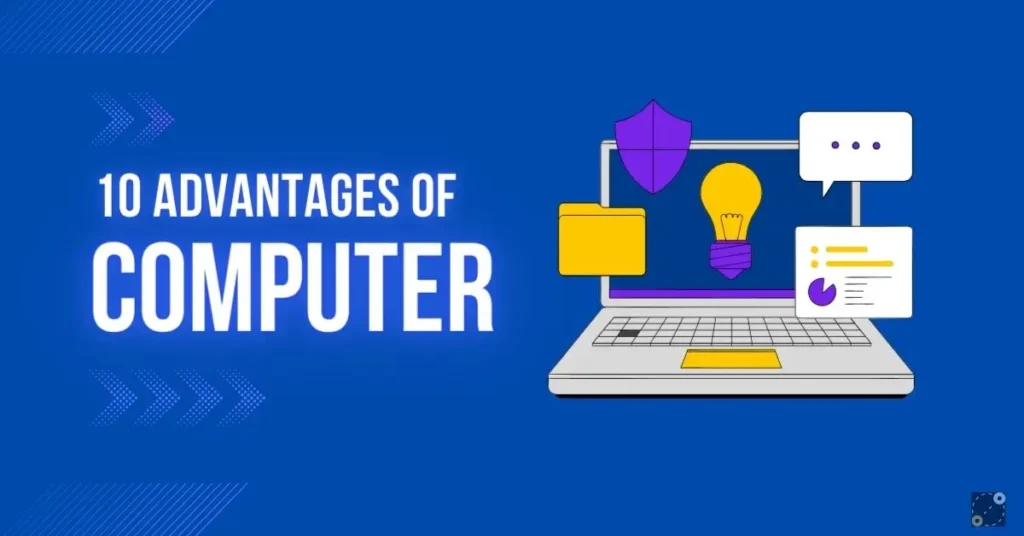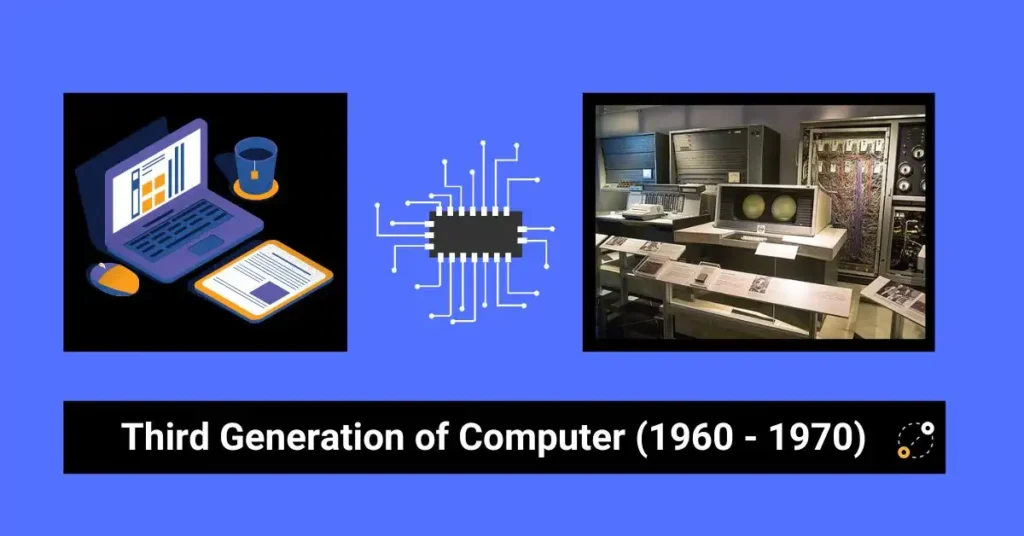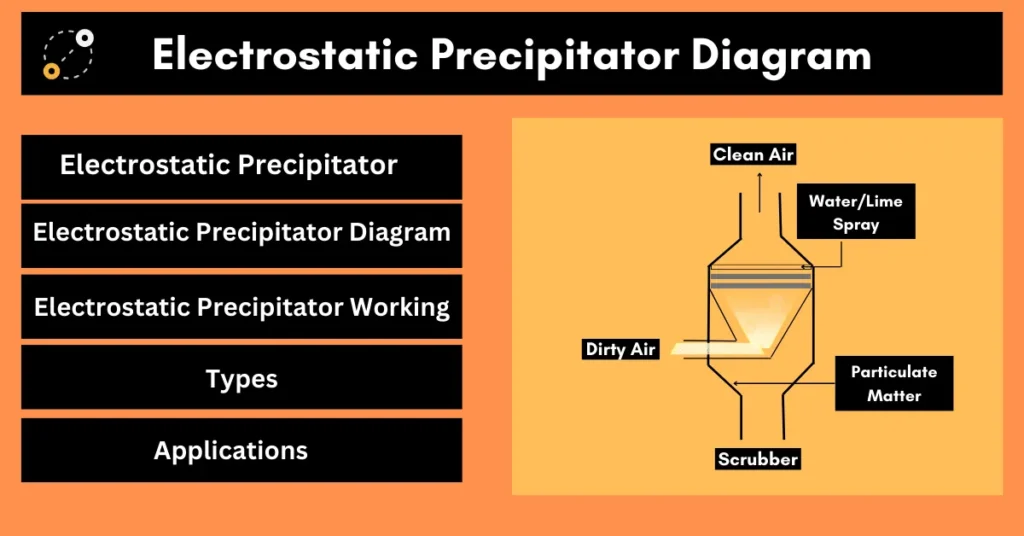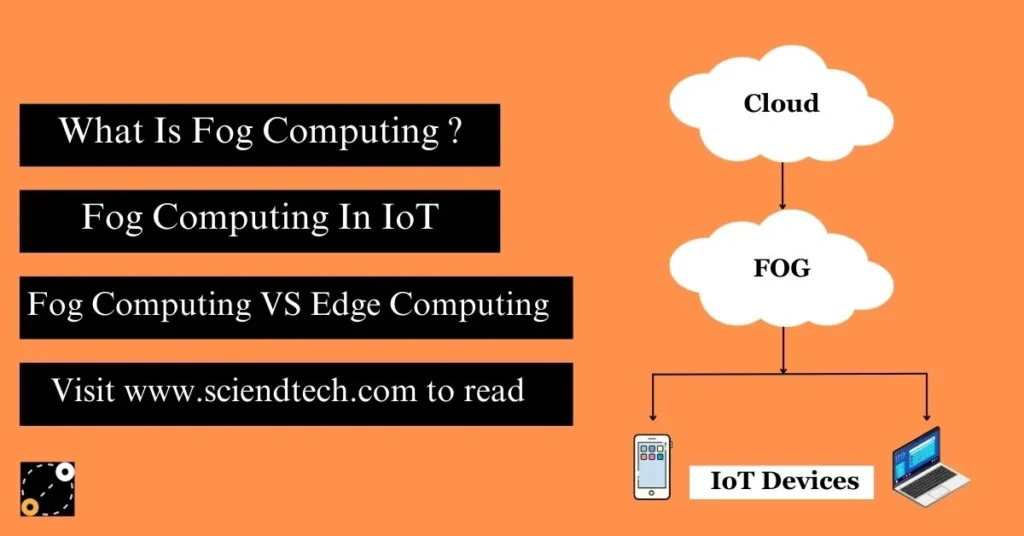Ever wondered how your smartphone knows when to rotate the screen or how a smart thermostat keeps your home cozy without you lifting a finger? The answer lies in two unseen tech items – sensors and actuators.
In simpler terms, sensors are like the eyes and ears of your gadgets, while actuators are the means of actions. Sensors sense things, like temperature or motion, and actuators make things happen, like turning on a light or adjusting your car’s control.
But that’s not all, there are some other big differences between sensors and actuators than simply what is said above, how they work in IoT (internet of things), their working principles, advantages and disadvantages as well. This article will give you a good understanding about what sensors and actuators are. Let’s begin.
What Are Sensors and Actuators
Let’s learn about sensors and actuators one-by-one –
Sensors
Sensors are devices that detect or measure physical parameters or environmental conditions and convert them into electrical or digital signals. These parameters can include things like temperature, pressure, motion sensors for lights, motion, humidity, and more.
Sensors are the “input” devices of a system, as they gather data from the physical world and provide it to a controller or processor. Some common types of sensors include temperature sensors, motion sensors, pressure sensors, proximity sensors, and photoelectric sensors.
Actuators
Actuators are devices that take electrical or digital signals and convert them into physical actions or movements. They are the “output” devices of a system, as they perform commands or respond to control signals from a controller.
Actuators include electric motors, solenoids, hydraulic actuators, and relays. For example, an actuator might open or close a valve, or move a robot arm.
Sensors and actuators are also known as Transducers. Transducers convert energy or physical properties like temperature, pressure, or light into electrical signals (sensors) or electrical signals into physical actions or movements (actuators).
Another name for sensors and actuators is AS-Interface. Traditionally, separate cables and cable harnesses were used to link them to PLC (Programmable Logic Controller) and other controllers.
Sensors And Actuators In Embedded Systems
Sensors and actuators play crucial roles in allowing these systems to interact with and respond to their environments. Embedded systems are specialized computing systems designed for specific tasks, with constraints such as limited processing power and memory. Here’s how sensors and actuators are used in embedded systems –
Sensors in embedded systems are used for –
Data acquisition
This data could be temperature, humidity, light, motion, sound, or any other measurable parameter. In embedded systems, sensors are employed to monitor the system’s surroundings or the state of a process.
Input for Control
This input can be used to make decisions and control the system’s behavior. For example, a temperature sensor in a thermostat can provide data that determines when to turn on the heating or cooling system.
Feedback and Monitoring
Sensors are crucial for feedback control systems. They help ensure that the system operates within defined parameters.
Whereas, actuators in embedded systems are used for –
Physical Actions
In sensors and actuators actuators allow physical actions or movements. In embedded systems, these actions can range from turning on a motor, or opening a valve.
Output Control
Actuators respond to control signals generated by the embedded system’s controller. These control signals are based on the data collected from sensors and processed by the system.
Automation
Embedded systems often use actuators to control processes. For example, in industrial automation, actuators control the movements of conveyor belts, the opening and closing of production line gates, and the operation of robotic arms.
User Interaction
They serve as a means of user interaction. For example, in a smartphone, the touch screen is a type of actuator that allows users to give commands to the device. Actuators in embedded systems examples are motors, LED’s, speakers, and buzzers.
So in embedded systems, sensors and actuators work together as a combined sensory and responsive interface. Sensors gather data from the environment, which is then processed by the embedded system’s controller. Based on this data, the controller generates control signals that are sent to the actuators, instructing them to perform specific physical actions or adjustments.
This interconnected operation allows embedded systems to sense their surroundings and respond with precision, making them adaptable and essential for various applications, from automobile control units to smart home devices.
Difference Between Sensors And Actuators
Sensors and actuators difference lies in their functions and how they interact with a system. Let’s have a look at the table on difference between sensors and actuators.
| SENSORS | ACTUATORS |
| Sensors are input devices. They are responsible for detecting, measuring, or sensing physical parameters, environmental conditions, or stimuli in the real world, such as temperature, pressure, light, motion, or humidity. | Actuators are output devices. They convert control signals, typically in the form of electrical or digital commands, into physical actions or movements. |
| They transform physical characteristics into electrical signals. | They convert electrical signals into physical characteristics, such as heat or motion. |
| Sensors produce electrical signals. | Actuators generate heat or motion. |
| Their input comes from the environment. | Their input originates from the system’s output conditioning unit. |
| Their output goes to the system’s input conditioning unit. | Their output influences the environment. |
| Sensor’s primary role is to measure physical quantities and provide information to the system about the environment. | Actuators are utilized to measure continuous and discrete process parameters and accept commands to perform a function. |
| Positioned at the system’s input port. | Located at the system’s output port. |
| For eg – A thermostat uses a temperature sensor to measure the room’s temperature and provide this information to the control system. The sensor gathers data from the environment (temperature) and delivers it to the system for decision-making. | For eg – An automatic garage door opener uses an electric motor as an actuator to physically open or close the garage door. The motor converts electrical signals into mechanical motion. |
Sensors And Actuators Examples
Sensors and actuators are essential components of countless technological systems, allowing these systems to interact with and respond to their environment. There are a wide array of examples for both with diverse applications across various industries.

Sensors and actuators are both examples of transducers, other than this more diverse examples of actuators and sensors are –
Sensors
- Tesla parking sensors (designed to assist drivers in parking and driving their vehicles safely).
- Tesla ultrasonic sensors (use ultrasonic waves to detect objects and obstacles in the vehicle’s region).
- Diabetic sensors (specialized sensors designed for managing diabetes).
- Proximity sensor (Detects the presence or absence of an object without physical contact and is used in applications like smartphone screen dimming).
- Accelerometer
- Gyroscope (used for measuring orientation and angular velocity in aerospace, navigation, and robotics).
- Position sensor (used to measure the position of an object relative to a reference point).
- Pressure sensor (measure the force or pressure exerted on a surface by a fluid or gas).
- Image sensor (responsible for converting light into an electrical signal to produce a digital image. Used in digital cameras, smartphones, camcorders).
- Light sensor (photocell) (Measures ambient light levels and is found in devices like cameras and automatic streetlights).
Actuators
- Pneumatic Actuators (Use compressed air to generate motion and are common in industrial automation).
- Hydraulic Actuators (pressurized fluid like oil to create motion and are used in heavy machinery).
- Electric Actuators (Convert electrical energy into mechanical motion. Used in robotics, electric vehicles, etc.)
- Linear Actuators (Convert rotational motion into linear motion and are used in adjustable beds, etc.)
- Voice Coil Actuator (an electromagnetic coil is used to move a mass back and forth, used in audio speakers and vibration systems).
- Electric Motors (convert electrical energy into rotary mechanical motion, used in industrial machinery, and household appliances).
Sensors And Actuators In IoT
Now sensors and actuators in IoT (internet of things) and in embedded systems play similar roles but there are differences in the context and characteristics of how they are used. So the question that arises now is that how are sensors and actuators used in IoT?
Sensors In IoT
Sensors are vital components in the Internet of Things (IoT), they enable the collection of data from the physical world and provide valuable information for various applications.
There are many examples of sensors and actuators in IoT. Some common examples of sensors in IoT are –
- Temperature Sensors
- Motion Sensors
- Humidity Sensors
- Gas Sensors
- Smoke and Gas Detectors
- Accelerometers and Gyroscopes
- Image Sensors
Types Of Sensors In IoT
Sensors in IoT are classified into three common classifications –
Passive and Active Sensors
Passive Sensors – Passive sensors do not require an external power source to operate. They generate an output signal solely in response to a stimulus, such as changes in temperature, pressure, or light. Eg – Temperature sensors, accelerometers, etc.
Active Sensors – require an external power source to function. They actively generate and modulate an electrical signal. Eg – ultrasonic sensors and radar sensors.
Analog and Digital Sensors
Analog Sensors – Analog sensors provide continuous output signals that represent variations in the measured quantity. The output is typically in the form of a voltage, current, or resistance that varies in a smooth and continuous manner. Eg – sound sensors, pressure sensors, etc.
Digital Sensors – produce discrete, quantized output signals, typically in digital format (e.g., binary). They are often equipped with built-in analog-to-digital converters, making them easier to interface with digital devices like microcontrollers and computers. Eg – digital temperature sensors and digital cameras.
Scalar and Vector Sensors
Scalar Sensors – Scalar sensors measure scalar quantities, which have only magnitude (no direction). They provide information about a single aspect of a physical parameter. Eg – smoke sensor, gas sensors.
Vector Sensors – Vector sensors measure vector quantities, which have both magnitude and direction. These sensors provide data related to multiple aspects of a physical parameter. Eg – accelerometer, motion detector sensors, etc.
Actuators in ioT
Actuators in IoT are devices that perform physical actions or control mechanisms based on instructions received from the IoT system, central server, or user inputs. Actuators are essential components in IoT applications as they allow automation and remote control of devices and systems.
Here are some common examples of actuators used in IoT –
- Electric Motors
- Servo Motors
- Solenoids
- Valves
- Hinges and Door Actuators (automated doors and gates)
- Smart Plugs and Outlets
Types Of Actuators In IoT
So there are different types of Actuators in IoT such as –
- Rotary actuators
- Linear actuators
- Mechanical linkages
- Pneumatic actuators
- Hydraulic actuators
- Piezoelectric actuators
Purpose Of Sensors And Actuators In IoT
They play crucial roles in the Internet of Things (IoT) by enabling the collection of data from the physical world and the ability to interact with it. Here’s an overview of purpose of sensors and actuators in IoT –
- Data Collection – Their purpose is to detect various physical properties such as temperature, light, pressure into digital data, which can be transmitted to IoT devices for further processing.
- Environmental Monitoring – Sensors and actuators are used in environmental monitoring applications to gather data about air quality, water quality, soil conditions, and detect pollution levels.
- Automation – One of their purposes is to automate tasks in response to sensor data. like light sensors, motion sensors, etc.
- Security and Safety – Sensors and actuators serve the main purpose of security and safety such as access control, alarm system, etc.
Difference Between Sensors And Actuators In IoT
We have already seen the difference between sensors and actuators but both of them serve distinct roles in various contexts, and their differences are also reflected in how they are used in the Internet of Things (IoT). Here are the key differences between sensors and actuators as applied in IoT –
Role
Sensors are responsible for data collection and monitoring the physical environment, while actuators are responsible for taking actions and interacting with the physical world based on the data collected or other instructions.
Function
Between sensors and actuators, sensors are devices that sense or measure physical parameters or environmental conditions. They gather data from the physical world. Whereas Actuators are devices that execute physical actions or tasks in response to commands or data received from sensors, control systems, or users.
Data Flow
Sensors feed data into the IoT system for analysis, storage, decision-making, and providing information about the environment. Actuators receive commands from the IoT system and carry out actions in response to that data.
Passive vs Active
Sensors are often considered input devices in an IoT system. They provide information about the physical world to the IoT network. Actuators are active components where they respond to instructions or commands and execute actions accordingly.
Input vs Output
Sensors are often categorized as input devices, Actuators are considered output devices in an IoT system. They take action based on the instructions received from the IoT network.
Examples
There are many examples of sensors and actuators in IoT. Common examples of sensors include temperature sensors, motion detectors, humidity sensors, GPS receivers, and light sensors. Examples of actuators in IoT include motors, valves, and switches.
Working Principle Of Sensors And Actuators In IoT
Here’s an overview of working principles of sensors and actuators in IoT –
Working Principle of Sensors In IoT
The working principle of sensors involves several key steps –
- Sensing – Sensors are designed to sense or detect specific physical parameters or environmental conditions, such as temperature, humidity, light, pressure, motion, or chemical composition.
- Data Conversion – Once the sensor detects the physical parameter, it converts the measurement into an electrical or digital signal. This conversion can vary based on the sensor type and the specific parameter being measured.
- Data Transmission – The sensor transmits the electrical or digital signal to an IoT platform or system for further processing. This typically involves wired or wireless communication protocols, such as Wi-Fi, Bluetooth, Zigbee, or LoRa.
- Data Processing – In sensors and actuators in IoT, the IoT platform or system receives the data from the sensor and processes it. This processing may involve data analysis, aggregation, and storage.
- Decision-Making – Based on the data received from the sensor, the IoT system can make informed decisions or trigger actions through actuators.
Working Principle of Actuators In IoT
- Data Reception – Actuators receive instructions from the IoT platform, control systems, or user interfaces. These instructions may be based on sensor data, predefined rules, or direct user input.
- Action Execution – Based on the received instructions, the actuator performs the specified physical action or task. The nature of this action however depends on the actuator type and its application. For instance, a motor actuator rotates, a solenoid actuator moves a plunger, or a valve actuator opens or closes a valve.
- Mechanical Response – The actuator generates mechanical motion, electrical operation, or other forms of physical control to perform the required action. For example, it may open a valve to release water, adjust the position of a camera, or lock a door.
- Feedback (optional) – Now in some cases of senosrs and actuators, actuators provide feedback to the IoT system about the completion of the action or any problems faced during the execution. This feedback loop allows the system to ensure that the desired action has been carried out.
- Interaction with the Physical World – They are responsible for interacting with the physical world, making them essential for tasks like controlling motors, opening and closing doors, and adjusting lighting.
Advantages And Disadvantages Of Sensors And Actuators
Sensors and actuators each have their own advantages and disadvantages, and their suitability depends on the specific application and context.
Advantages of Sensors
- Data Collection – Sensors are essential for collecting data from the physical world, enabling real-time monitoring and data-driven decision-making.
- Precision – Many sensors provide highly accurate measurements, making them valuable for scientific, industrial, and medical applications.
- Automation – They enable automation by providing input data to control systems or IoT platforms, reducing the need for human intervention.
- Efficiency – They can help optimize resource usage and reduce energy consumption by providing insights into environmental conditions.
- Safety – Sensors are used in safety-critical applications to detect hazards, such as fires, gas leaks, and intrusions, helping to enhance safety.
- Predictive Maintenance – They can monitor the condition of machinery and equipment, predicting maintenance needs and preventing costly breakdowns.
- Detecting Flaws – Sensors can be used to track the outstanding quality of the air or water, detecting errors in production processes, and improve the exceptional quality of goods and services.
- Energy Efficient – Sensors can be used to save energy, modify the building temperature simply according to usage, or switch off the lights in a room when it’s not in use.
Disadvantages of Sensors
- Cost – High-quality sensors can be expensive, especially when precision and accuracy are required.
- Calibration and Maintenance – Sensors may require periodic calibration and maintenance to ensure accurate measurements.
- Fragility – Because sensors can be fragile, they need to be protected from extreme heat or physical damage.
- Complexity – Integrating and configuring sensors can be complex, especially in large-scale IoT deployments.
- Limited Range – It is a drawback for both sensors and actuators. Some sensors have limited detection ranges, which can be a limitation in certain applications. It also makes it impossible for them to detect minute changes in the parts they are measuring.
- Interference – Sensors can be affected by interference from other electronic devices or environmental factors.
- Safety Issues- Privacy concerns are also increased, if they are used to gather private data, such as location or biometric data.
Now let’s have a look at some of the advantages and disadvantages of Actuators –
Advantages of Actuators
- Automation – Actuators enable automation by executing physical actions based on sensor data or instructions, reducing manual labor and improving efficiency.
- Precision – They can provide precise control over mechanical operations, such as positioning, opening and closing, and fluid flow.
- Responsiveness – Actuators can respond quickly to commands, making them suitable for real-time applications and emergency response systems. Eg – Pneumatic actuators have features like high safety, low cost, and quick response time.
- Energy Efficiency – Actuators can optimize energy usage by controlling lighting, HVAC systems, and other utilities.
- Security – Safety can be seen in both sensors and actuators. Actuators can enhance security by locking doors, triggering alarms, or shutting off utilities in response to security breaches.
- In addition to having a higher output thrust and greater stability than a hydraulic actuator, an electric actuator is also less expensive, making it a more affordable option.
Disadvantages of Actuators
- Cost – High-quality actuators can be costly, particularly those requiring precision control and reliability. Like Hydraulic actuators have high cost, to operate a hydraulic operator Oil pipelines and hydraulic stations are needed.
- Complexity – The integration of actuators can be complex, as they often require mechanical and electrical components.
- Maintenance – Actuators may require maintenance to ensure they continue to function correctly, especially in industrial settings.
- Limited Range – Some actuators have limited range or may not be suitable for specific tasks. Pneumatic actuators have a low level of stability because of the compressibility of gas, which results in insufficient anti-offset performance.
- Energy Consumption – In some applications, particularly with heavy-duty actuators, energy consumption can be high.
- Noise and Vibrations – Actuators, especially in industrial settings, can generate noise and vibrations that may require additional mitigation measures.
Academic Journals On Sensors And Actuators
There are many academic journals in the sensors and actuators field which publish scholarly articles, reviews, and research findings related to the development, design, and applications of sensors and actuators, both in the chemical and physical domains. Such as –
Sensors and Actuators B Chemical
It is an international journal that primarily focuses on research related to chemical sensors and chemical actuators. It covers a wide range of topics in the field of chemical sensors and transducers, including their design, development, characterization, and applications.
Sensors and Actuators B Chemical often publishes research on materials, technologies, and devices used in chemical sensing.
Now, the impact factor is a metric which is used as an indicator of a journal’s influence and significance in its field. Journals with higher impact factors are generally considered to have a greater impact on the academic community.
According to this, the sensors and actuators b chemical impact factor is 9.221in 2022-23.
Sensors and Actuators A Physical
It is another international journal in the “Sensors and Actuators” series. It specializes in research related to physical sensors and physical actuators.
Sensors and Actuators A Physical covers various aspects of physical sensing and actuation technologies, including their design, fabrication, and application in areas such as physics, mechanics, and materials science.
The Sensors and Actuators A Physical impact factor is 4.291 in 2022-23.
Conclusion
Sensors and actuators are two distinct yet interdependent components in technology and automation. Their integration empower technology to become more responsive, efficient, and data-driven. The key difference between sensors and actuators lies in their distinct yet interdependent functions as their applications continue to evolve and expand, shaping the way we interact with and monitor the world around us.
FAQs
What type of sensors and actuators are used in engineering, and what are their functions?
5 common types of sensors and actuators used in engineering are : temperature, pressure, proximity, motions and light sensors.
Why are sensors and actuators used?
They are used because sensors and actuators are essential components that enable systems to interact with th environments and to perform various tasks.
Is it possible to use an actuator as a sensor and vice versa?
Not completely but in some cases, it is possible, but their primary design and functionality are basically different.
What are actuators and sensors in IoT?
In the Internet of Things (IoT) ecosystem they play important role by enabling devices to sense the environment, collect data, and perform actions.
